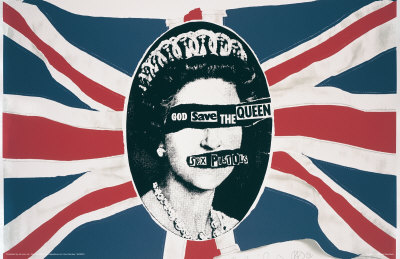 Background
Background
-The magazine was first published in March 1952.
-On 14th November 1952, it was the first British magazine to include a singles chart.
-During 1972 to 1976 is was associated with 'gonzo journalism'- which means the reporter is usually part of the story. It later went on to be associated with punk rock because of writer Tony Parsons and Julie Burchill.
-The magazines first female editor took over in July 2009, her name is Krissi Murison.
-It started off as a non-glossy tabloid but has now progressed to having full, glossy, colour covers.
The magazines circulation has started to fall since 2003. During the second half of 2009, the magazine's circulation was 38,486.
Each week the magazine goes on sale at £2.20.
Front Cover
-The image used, which is also the back ground of the page is black and white. This is probably due to the content of the image- having John Lennon on the front is quite a vintage image so the black and white reinforces this. As well as the fact that having such a huge star on the front means there's no need for bright colour, because the audience should already be attracted.
-The other colours used a red, white and grey- all which go well with a black and white colour scheme, and keeps it subtle.
-John Lennon is also seen smoking a cigarette in the image. This has connotations of rebellion, which could attract teenagers to read the magazine.
-The masthead is usually a bright, eye catching red, however this time they've used a grey. This is due to the image and wanting the audience to focus on the image as the eye catching part, but still being able to see "NME".
-Unlike other magazines, the barcode is in the bottom left hand corner this time.
-Similarly to Q Magazine, "30th ANNIVERSARY SPECIAL" also offers a sense of exclusivity to the reader. It gives them the idea that only NME magazine is doing a special on John Lennon.
-Another similarity is they list other bands on the front cover that are featured in the issue- as said previously, this will help attract people who are interested in other genres of music.
-The repetition of "His" implies that the content in the story will be very trustworthy and will all be from what he has said. This should effectively bring the reader closer to their 'idol' perhaps, instead of reading a writers opinion of him.














